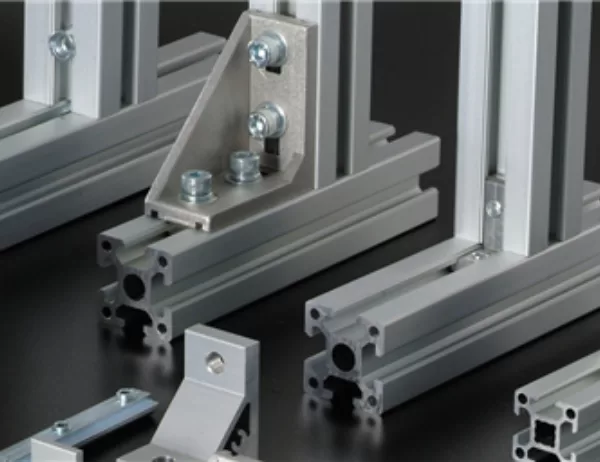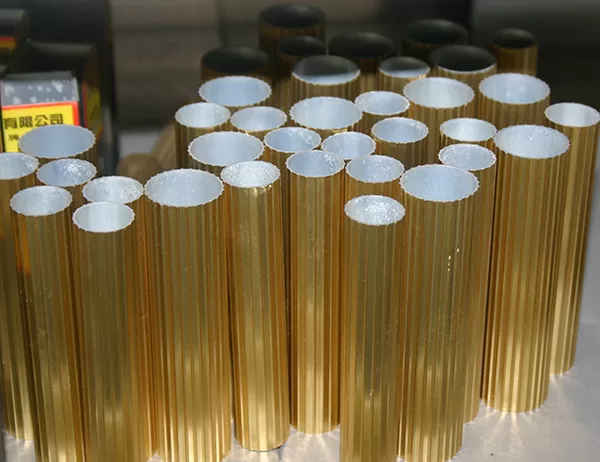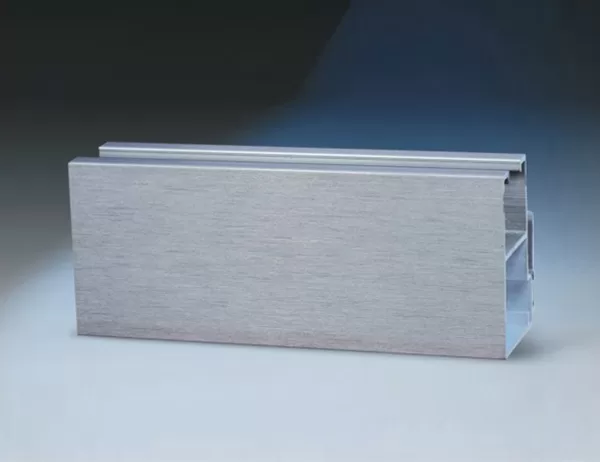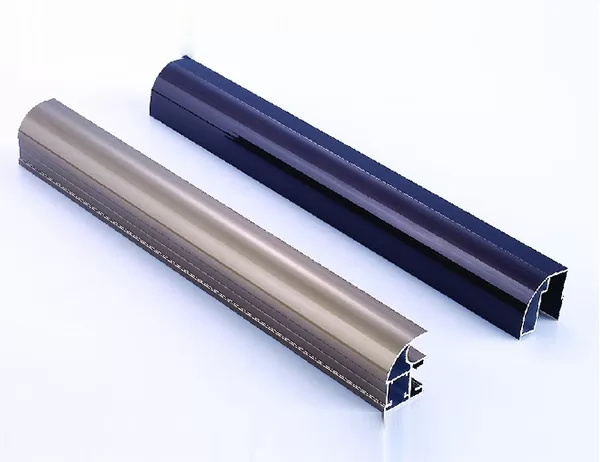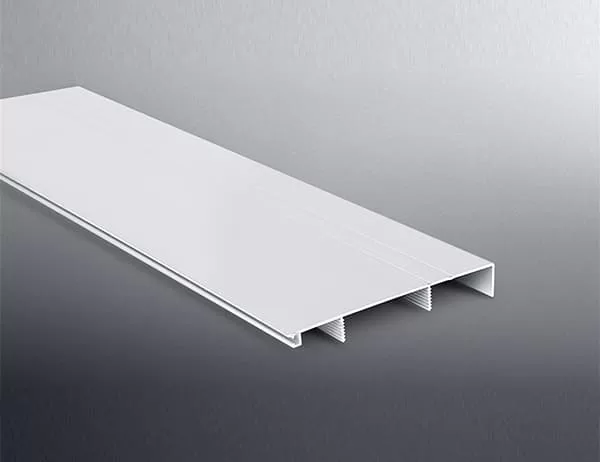Aluminum alloy tubing is a versatile and lightweight material that offers excellent strength and durability. It is commonly used in a wide range of applications, including construction, automotive, and aerospace. If you are looking to incorporate aluminum alloy tubing into your design, there are a few things you need to consider.
The first step is selecting the right alloy for your application. Aluminum alloys are available in a variety of grades, each with its unique set of properties. For example, some alloys are stronger than others, while others are more corrosion-resistant. You will need to choose an alloy that meets the specific requirements of your project.
Once you have selected the right alloy, you will need to decide how to fabricate the tubing. Aluminum alloy tubing can be formed into complex shapes using a variety of techniques, such as bending, rolling, and welding. You will need to choose a fabrication method that is compatible with your design and the capabilities of your manufacturing equipment.
If you are using multiple pieces of aluminum alloy tubing in your design, you will need to join them together. There are a number of different joining methods available, including welding, brazing, and soldering. You will need to choose a joining method that is appropriate for the materials you are using and the strength requirements of your application.
Once the tubing is fabricated and joined, you will need to finish it to protect it from corrosion and the elements. There are a number of different finishing options available, including anodizing, painting, and powder coating. You will need to choose a finishing option that is compatible with your design and the environment in which the tubing will be used.
Integrating aluminum alloy tubing into your design can be a great way to improve the strength, durability, and appearance of your product. By following the steps outlined in this article, you can ensure that your project is a success.
